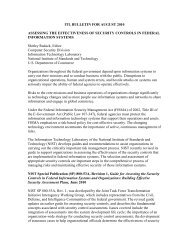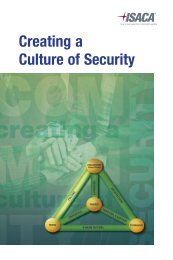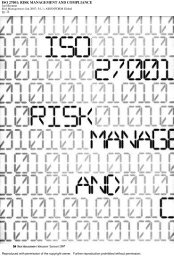Case.Study:.Sidmar.–.Arcelor
Case.Study:.Sidmar.–.Arcelor
Case.Study:.Sidmar.–.Arcelor
Create successful ePaper yourself
Turn your PDF publications into a flip-book with our unique Google optimized e-Paper software.
Figure 74. Project initiation<br />
department director<br />
division head<br />
section head<br />
business idea<br />
‘sponsor’<br />
project<br />
apply for<br />
a study<br />
IT committee<br />
meeting<br />
presentation<br />
calculate<br />
benefits<br />
architect<br />
study<br />
costs<br />
class A or B are accepted, while projects with a class C or D are less likely<br />
to be implemented. If the project is accepted it will be planned taking into<br />
account the available resource capacity. If needed, the IT Committee can<br />
decide to bring in new internal and/or external resources. This prioritisation<br />
method proved to be very effective and both IT and the business are satisfied<br />
with this way of working. The method is a specific application of the<br />
information economics approach.<br />
As explained earlier, a company-wide process management system is implemented<br />
within <strong>Sidmar</strong>. These 22 processes are also formally measured by<br />
means of defined KPIs. For process P23: management of information systems,<br />
a KPI scorecard is developed. This scorecard is available online and reports<br />
indicators such as percentage of support problems solved within the same<br />
day against the 85 percent set objective. This system has been recently set<br />
up and the indicators still have to evolve from rather technical towards more<br />
customer oriented parameters.<br />
A start is made with the implementation of ITIL processes. “COBIT is





